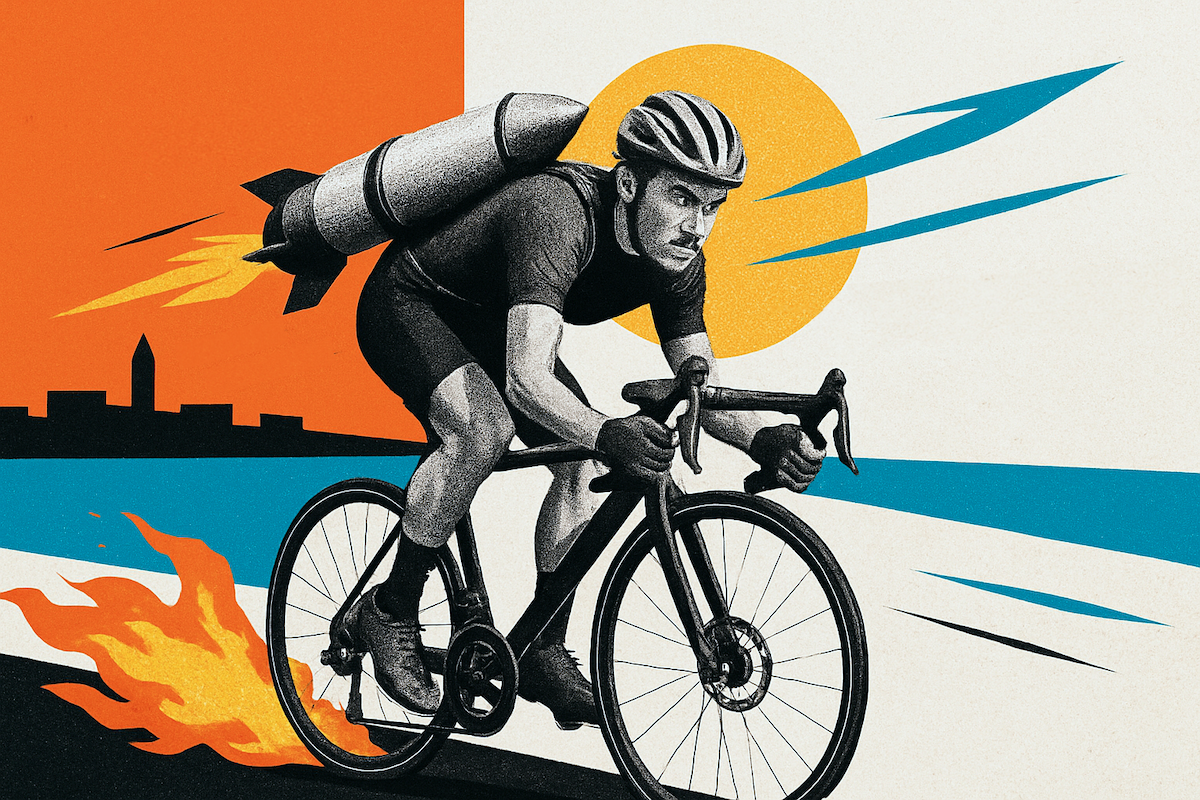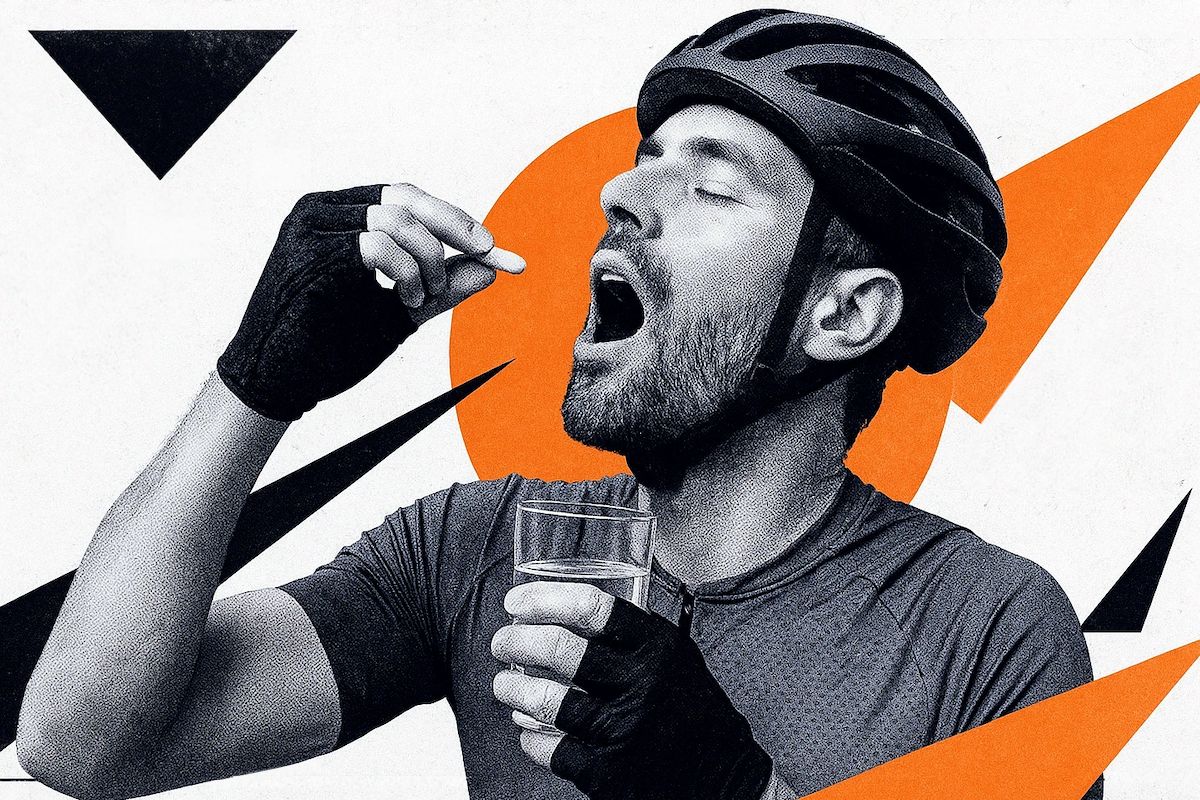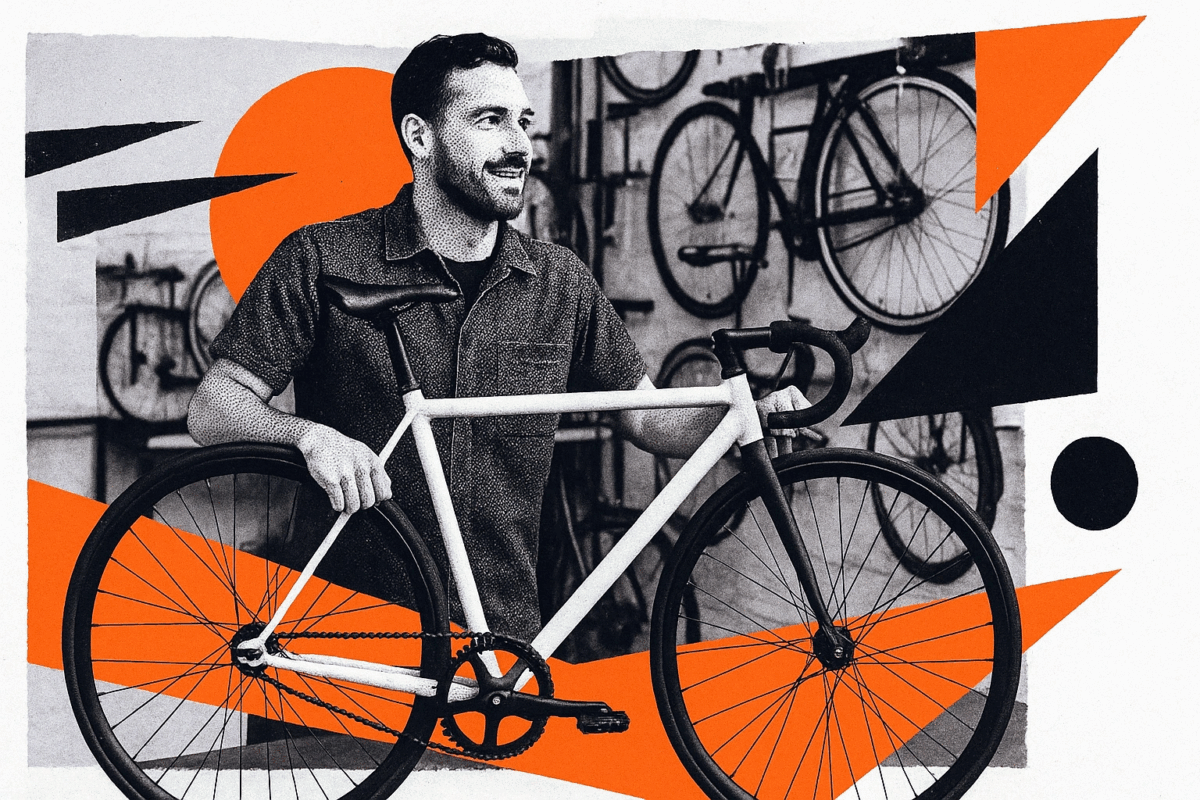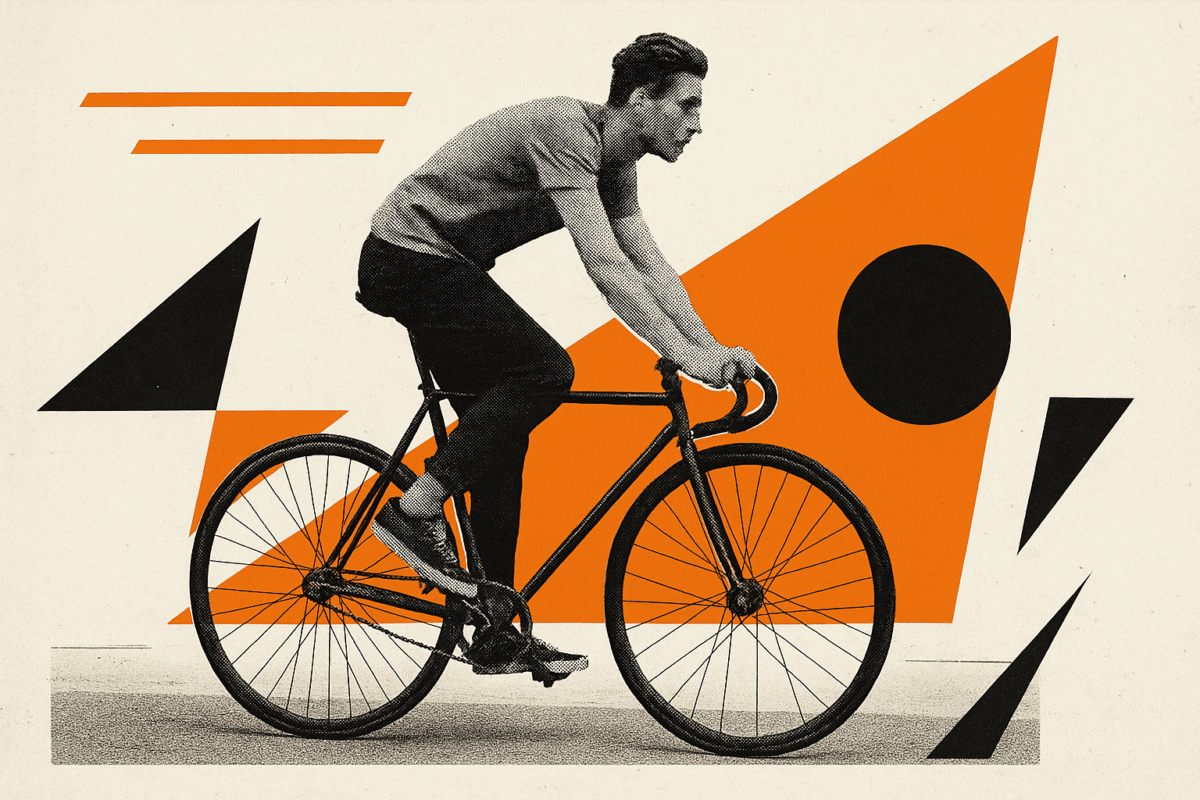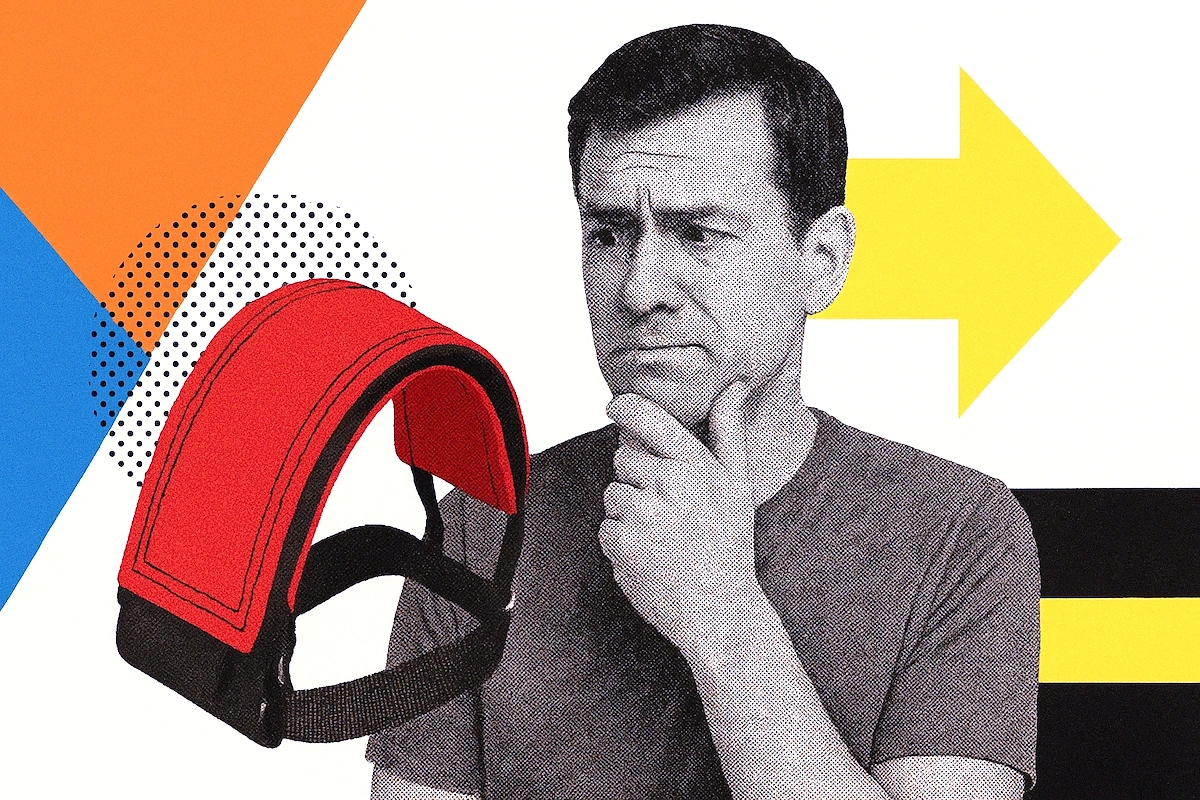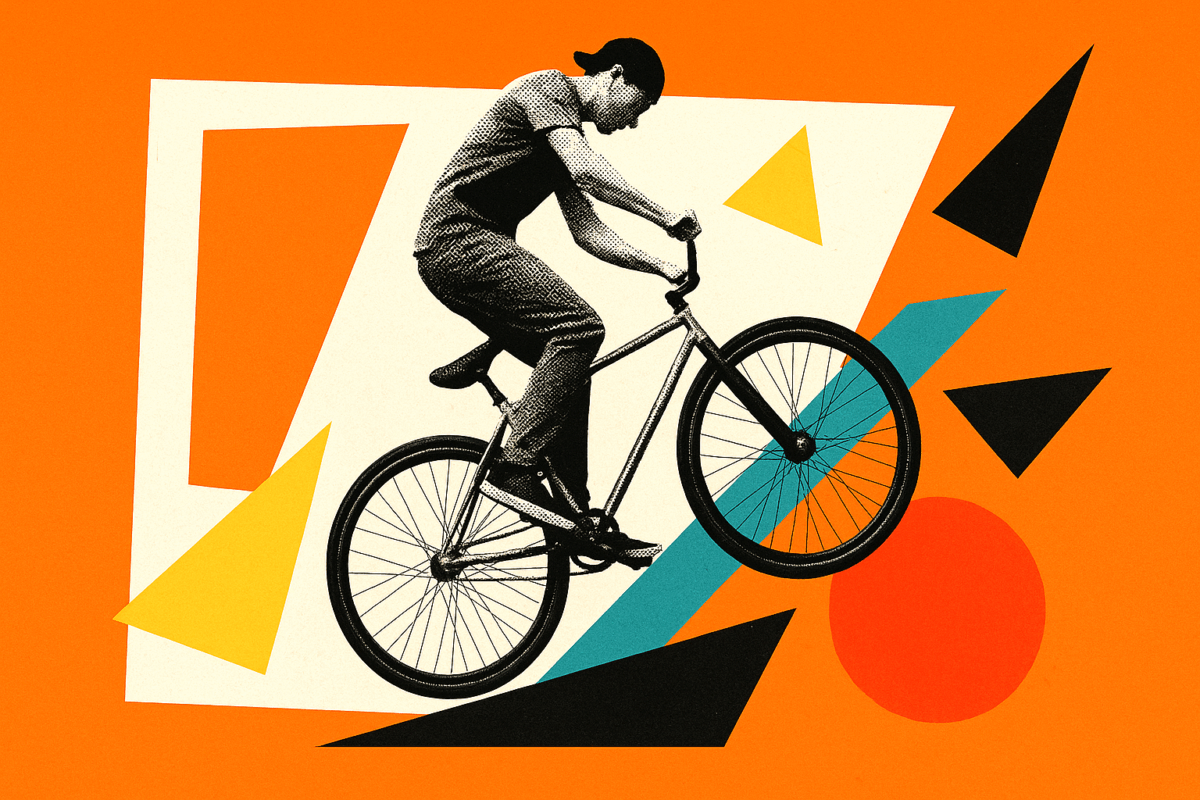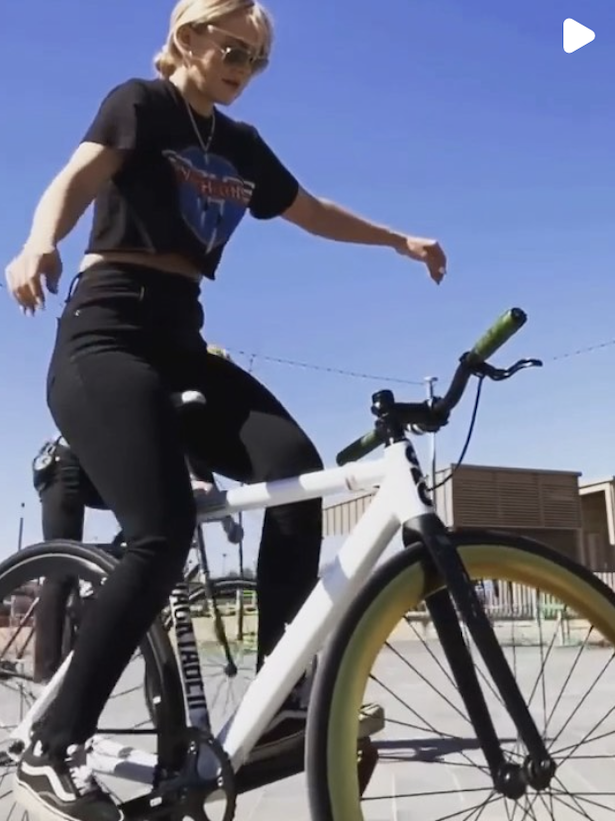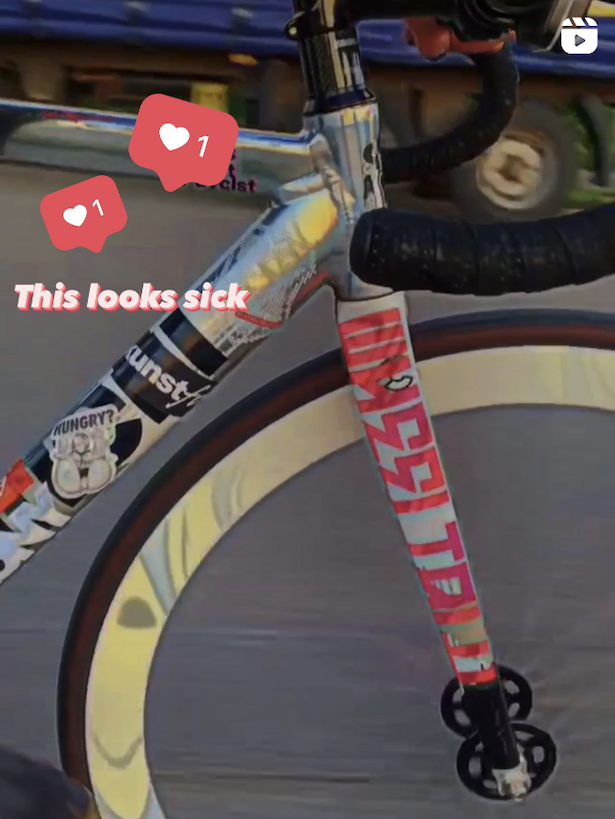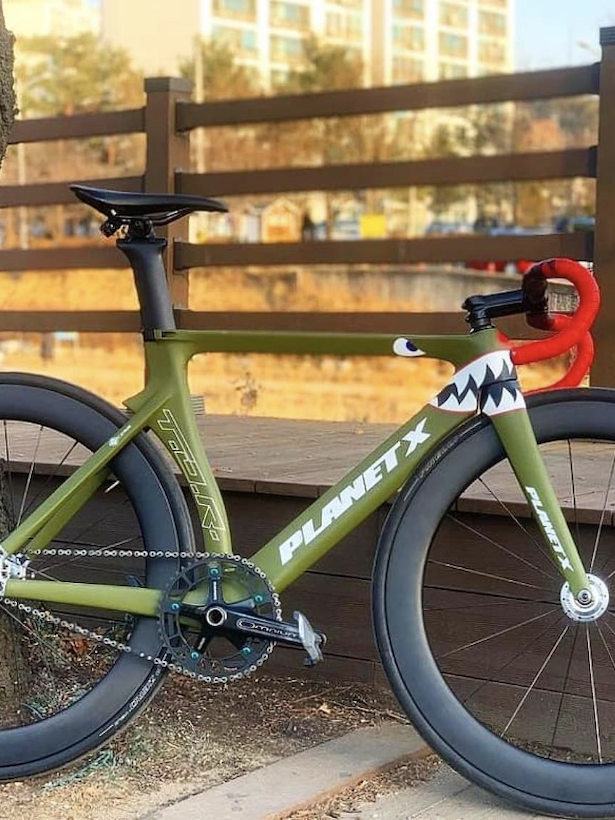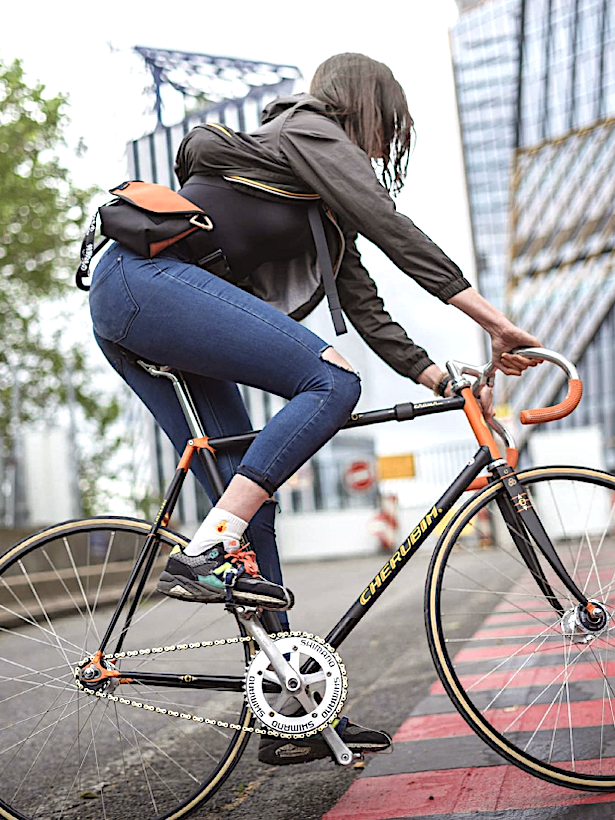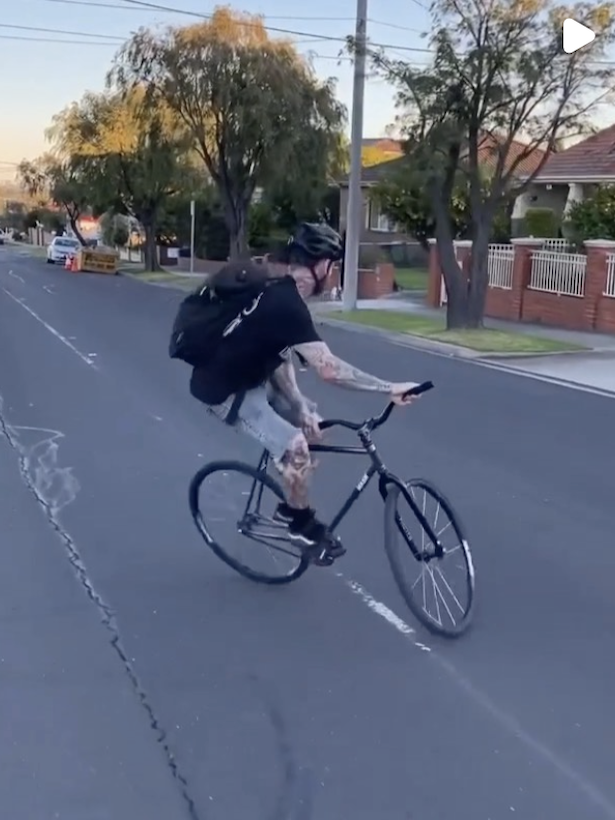
TL;DR:
- Can you electrify a fixie? Yes.
- Should you? Almost never.
- Why not? Safety concerns, compromised performance, ruins the fixie experience, terrible battery efficiency, solving wrong problem.
- What instead? Buy proper e-bike OR keep fixie pure OR get both.
Okay so you’re riding your beautiful, minimalist fixed-gear through Brooklyn or Portland or wherever people pretend hills don’t exist, and suddenly you think: “What if this bike that’s literally defined by its simplicity… had a battery strapped to it?” 👋
It’s like looking at a perfectly grilled steak and deciding it needs ketchup and maybe some gummy bears on top.
But before you drop $500-1,200 on a conversion kit that’ll turn your sleek urban warrior into Frankenstein’s bicycle, let’s walk through this disaster together. I spent way too much time researching this, and spoiler alert: this is almost always a terrible idea.
Not trying to be a jerk here—I genuinely want to save you from making an expensive mistake that’ll have your bike sitting in the garage gathering dust while you post it on Craigslist with “barely used, minor modifications” in the description.
A video titled “Electric fixies are NOT a good idea, unless you do this…” from the Raphson YouTube channel.
Can You Actually Do This?
Yeah, in the same way you can use a hammer to eat soup. Conversion kits like Swytch (still going strong with over 80,000 units sold worldwide as of 2025), Bafang (the world’s largest e-bike motor manufacturer with operations in 70+ countries), and various hub motor systems from brands like Cytronex, Pendix, and Zehus will physically bolt onto your fixie.

Congratulations—you’ve created something nobody asked for and most people actively advised against.
But “can you” and “should you” are two wildly different questions, and this is where things get messy.

Did you know?
The Swytch kit was originally funded through Indiegogo in 2017 and has shipped to over 60 countries. It’s one of the most popular conversion kits because it can be installed in under 10 minutes and removed just as quickly—making it less of a permanent commitment than other systems.
The Weight Thing (Or: Goodbye Nimble, Hello Sluggish)
Your beautiful 18-22 pound fixie is about to gain 7-15 pounds of battery, motor, and controller. The Swytch kit adds about 4.4-7 lbs (2-3.1 kg) depending on which battery you choose—the GO model uses a smaller 98Wh battery while the MAX uses a 180Wh battery. Bafang systems typically add 8-12 lbs. That’s like strapping a bowling ball to a greyhound and expecting it to still be graceful.
| What You’re Adding | Weight | Your Bike’s Reaction |
|---|---|---|
| Hub Motor | 3-5 lbs | “Why are you doing this to me?” |
| Battery Pack | 4-7 lbs | “I used to be nimble…” |
| Controller & Wiring | 1-3 lbs | “Just kill me now” |
| Total | 7-15 lbs | “I’m basically a Vespa now” |
And yeah, I know 7-15 pounds doesn’t sound like that much. But we’re talking about adding 40-70% more weight to something that was specifically designed to be light. The whole point of a fixie is that direct, responsive feel. You just killed it.
Here’s what people don’t get: it’s not just about the total weight. It’s about where that weight sits. Most conversion kits put weight on the front wheel (hub motors) or battery packs mounted awkwardly on the frame. This completely changes your bike’s center of gravity and handling characteristics.
What Actually Happens When You Ride It
That direct, pure connection to the road? Gone. Now there’s a computer between you and the pavement.
The lightweight, twitchy handling that makes fixies fun in traffic? See ya. You’re now piloting a submarine through molasses.
The mechanical efficiency that’s literally unmatched by any other drivetrain? Compromised. You added complexity for… what exactly?
Think about it: understanding proper gear ratios is essential on a fixie because you’re optimizing for a specific riding style and terrain. When you add a motor, you’re trying to band-aid over the limitations instead of working with them.
The Safety Conversation Nobody Wants to Have

Critical warning!
Your frame wasn’t built for this. Traditional bike frames aren’t engineered for the torque and weight of electric systems. We’re talking potential frame failures, cracks, and structural issues—especially on those lightweight frames fixie riders love.
Your Frame Wasn’t Built for This
What this actually means: Your frame might literally snap while you’re riding. Which is… not great!
I’m not trying to scare you (okay maybe a little), but this is real. Regular bike frames are designed for human-powered riding, generating maybe 150-250 watts of continuous power. Motors create different stress patterns, especially torque stress that standard frames weren’t tested for. Mid-drive motors like the Bafang BBS02 can produce 750 watts peak power—that’s 3-5x what your frame was designed to handle.
And your brakes? Those cute little brakes that were fine for slowing down a 20-pound bike? They’re now responsible for stopping a 30-35 pound bike going 20+ mph. The kinetic energy increases exponentially with weight and speed. Upgrading your brakes becomes mandatory, not optional. Good luck with that.
The Fire Thing (Yeah, Really)
A UK government-commissioned safety report by the Warwick Manufacturing Group, released by the Office for Product Safety Standards in January 2025, found something pretty damning: of the e-bike fires where the cause could be determined, over 75% involved conversion kits rather than purpose-built e-bikes from manufacturers.
The London Fire Brigade reported 134 e-bike fires in London alone through September 2025—that’s averaging 18 fires per month.
Deputy Commissioner Charlie Pugsley called DIY conversion kits “the fastest growing fire trend” in London, with fire services nationwide reporting a 204% increase in e-bike fires over two years.
The study revealed that consumers often use incompatible chargers (some rated at up to twice the voltage of the battery), and 35% of people bought separate batteries or chargers. In that group, 41% who bought separate batteries and 48% who bought separate chargers experienced incidents—compared to only 10% who used original components.
So you’re not just compromising performance—you’re potentially creating a lithium-ion incident waiting to happen. And “incident” is the polite word here.

Warning…
Battery Storage Warning: Never charge conversion kit batteries unattended, especially overnight. Store them at room temperature away from flammable materials. The thermal runaway risk is significantly higher with aftermarket battery packs that weren’t designed for your specific frame geometry.
The Single-Speed Problem Nobody Talks About
Here’s something beautiful about multi-speed e-bikes: you can optimize your gear for efficiency. Hills? Low gear. Flats? High gear. Your motor assists intelligently and your battery lasts longer.
Here’s what happens with a fixed-gear e-bike:
| Situation | Your Options | Outcome |
|---|---|---|
| Steep Hill | Motor does all the work OR you grind yourself to death | Battery dies 3x faster / Your knees explode |
| Flat Ground | Pedal with 15 extra pounds for no reason | Why did you do this again? |
| Downhill | Pedal frantically or coast with motor drag | You look absolutely ridiculous |
Fixed-gear e-bikes drain batteries way faster than multi-speed options because there’s no ability to optimize. You’re locked into one gear ratio that’s probably wrong for whatever you’re doing. Most riders use 46:16 or 48:17 ratios for street riding, but these aren’t optimal for all conditions—and with an e-bike motor, you can’t adjust on the fly like geared bikes can. It’s the worst of both worlds dressed up as innovation.
What This Actually Costs (2025 Prices)
Upfront
- Swytch GO Conversion Kit: $499-$999 (depending on battery size)
- Swytch MAX+ Kit: $999-$1,333
- Bafang BBS02B Mid-Drive Kit: $400-$800
- Bafang Front Hub Kit: $300-$600
- Professional Installation (because you’ll definitely mess it up): $100-$300
- Upgraded Brakes (your current ones can’t handle this): $50-$200
- Your Soul: Priceless
Down The Road
- Battery replacement every 2-4 years: $200-$600
- Increased maintenance on everything that’s now stressed: ongoing $$
- Therapy for destroying what made your bike special: $150/session
Do the math: For $1,500-$2,000 total (kit + installation + upgrades), you could buy a purpose-built e-bike OR a really nice fixie. You’re literally spending money to make two different things worse instead of making one thing good.
What Your Money Could Buy Instead
- Quality factory e-bike with warranty
- High-end fixie + basic commuter bike
- Complete drivetrain upgrade on existing fixie
- 2-3 years of bike maintenance
- Down payment on cargo e-bike
What Your Money Actually Buys
- Heavier, slower fixie
- Compromised safety
- Fire risk in your home
- Constant battery anxiety
- Regret
What Problem Are You Actually Solving?
Let’s be honest about what’s happening here:
| Your Real Problem | The Fixie “Solution” | The Actual Solution |
|---|---|---|
| “My commute has hills” | Add motor, ruin bike | Buy a geared e-bike, keep fixie for flat rides |
| “I’m tired after work” | Electrify the wrong bike | Get a proper commuter e-bike |
| “I want to go faster” | Add unnecessary weight | Train harder (you’re on a fixie) |
| “My friends have e-bikes” | Make poor financial decisions | Get new friends OR a proper e-bike |
| “I want both experiences” | Compromise both completely | Own two bikes like a normal person |
You’re Missing The Whole Point
Fixed-gear culture isn’t just about bikes. It’s a whole thing:
- Simplicity as a virtue (you’re adding complexity)
- Direct connection between rider and machine (you’re adding a computer)
- Self-reliance and skill (you’re asking for assistance)
- Minimalist aesthetics (you’re strapping a battery pack to it)
It’s like joining a monastery then immediately asking about the Wi-Fi password. You’re fundamentally misunderstanding what you signed up for.
“The beauty of a fixie is in what it doesn’t have. Adding a motor is like putting a spoiler on a vintage Porsche—you’re not improving it, you’re just advertising that you don’t understand it.”
“But I want the best of both worlds!”
No, you want two mediocre things instead of one excellent thing. This is the cycling equivalent of ordering pineapple pizza then wondering why Italians are crying. Why fixies don’t have brakes is philosophical as much as practical—it’s about the purity of the experience.
When This Maybe, Possibly, Kinda Makes Sense
Okay I’m gonna be fair here. There are like three scenarios where this isn’t completely insane:
When It Works
- Temporary injury recovery: You broke something, need assistance for 2-3 months, and you’re using a detachable system like the Swytch (which you can remove later). Fine. I’ll allow it.
- Your city is literally perfectly flat: We’re talking Netherlands-level flat. Kansas flat. So flat you could use a spirit level to check and it wouldn’t budge. Your longest hill is a wheelchair ramp. Maybe this works.
- You hate money and love regret: In which case, go nuts! Also consider crypto day trading and timeshares while you’re at it.
That’s it. Three scenarios. If you don’t fit into one of these very specific situations, keep reading.
What You Should Actually Do Instead
Option A: Keep Your Fixie Pure
- ✓ Maintains everything that makes it special
- ✓ No safety compromises
- ✓ You don’t become “that guy”
- ✓ Your bike doesn’t secretly hate you
- ✓ Proper drivetrain maintenance keeps it running forever
Option B: Buy a Purpose-Built Single-Speed E-Bike
- ✓ Frame actually designed for electric power
- ✓ Proper brakes and components from factory
- ✓ Warranty that isn’t immediately voided
- ✓ Won’t catch fire (probably)
- ✓ Resale value if you change your mind
- ✓ Battery integrated into frame design
Option C: Get a Second Bike
- ✓ Fixie for joy rides and flat urban cycling
- ✓ Multi-speed e-bike for commuting/hills
- ✓ Right tool for the right job
- ✓ Both bikes are happy
- ✓ You look like an adult who makes good decisions
The Maintenance Nightmare You’re Signing Up For
Remember how fixies are famous for being low-maintenance? Yeah, about that…
| Component | Before (Pure Fixie) | After (Your Mistake) |
|---|---|---|
| Chain | Clean occasionally, lasts forever | Constant stress, replace often |
| Brakes | Basic maintenance | Heavy use, frequent pad replacement |
| Battery | N/A | Charge monitoring, $400 replacement every 2-4 years |
| Motor | N/A | Regular checks, potential failures, gremlins |
| Electrical System | N/A | Troubleshoot wiring, connections, controller issues |
| Your Peace of Mind | Intact | Destroyed |

Maintenance Reality Check
A pure fixie needs a chain cleaning every 200-300 miles and maybe new brake pads once a year. An electrified fixie needs battery health monitoring, electrical system checks, motor bearing maintenance, and you’re still doing all the regular fixie stuff. You’ve tripled your maintenance burden.
Frequently asked questions (FAQ)
Yes, you can physically install an e-bike conversion kit on a fixed-gear bike. Kits from brands like Swytch, Bafang, Cytronex, and Zehus will bolt onto most fixies. However, just because you can doesn’t mean you should—the conversion compromises safety, performance, and the entire point of riding a fixie.
Conversion kits range from $300-$1,333 depending on the brand and battery size. Add professional installation ($100-$300), upgraded brakes ($50-$200), and you’re looking at $1,500-$2,000 total upfront. Long-term costs include battery replacement every 2-4 years ($200-$600) and increased maintenance on stressed components. For this price, you could buy a purpose-built e-bike or a high-end fixie instead.
No, conversion kits pose serious safety risks. Traditional fixie frames aren’t engineered for the torque and weight of electric motors (750 watts vs 150-250 watts human power), which can cause frame failures. A UK government study found that over 75% of e-bike fires involved conversion kits rather than factory e-bikes. The London Fire Brigade reported 134 e-bike fires through September 2025, with DIY conversion kits labeled “the fastest growing fire trend.”
Conversion kits add 7-15 pounds to your fixie, which typically weighs 18-22 pounds. This represents a 40-70% weight increase. The Swytch kit adds 4.4-7 lbs depending on battery size, while Bafang systems add 8-12 lbs. This extra weight completely changes the bike’s handling characteristics, center of gravity, and the direct, responsive feel that makes fixies special.
You have three better options: (1) Keep your fixie pure and maintain what makes it special, (2) Buy a purpose-built e-bike designed from the ground up for electric power with proper frame engineering, integrated batteries, and factory warranties, or (3) Get both bikes—keep your fixie for flat urban riding and joy rides, and buy a separate e-bike for commuting and hills. This gives you the right tool for each job without compromising either bike.
Final Thoughts
Should you electrify your fixie? No. Not because it’s impossible. Not because you’re not capable. But because you’re solving the wrong problem with the wrong solution, and everyone who’s tried this will tell you the same thing (if they’re honest).
What you don’t do is take something celebrated for mechanical simplicity, direct power transfer, lightweight agility, and minimal maintenance—then strap a battery and motor to it like you’re Dr. Frankenstein but with worse engineering credentials and less foresight.
Your fixie is perfect the way it is. Don’t ruin it.


